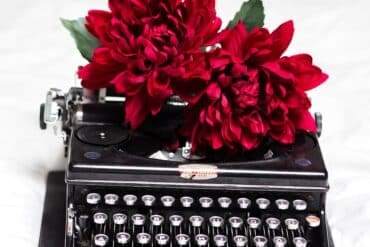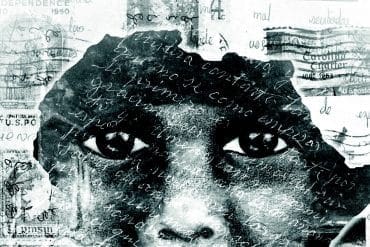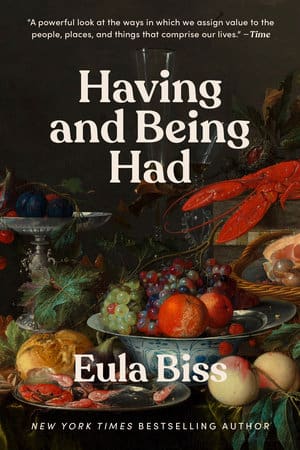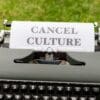Book Review: My Life with Things: The Consumer Diaries
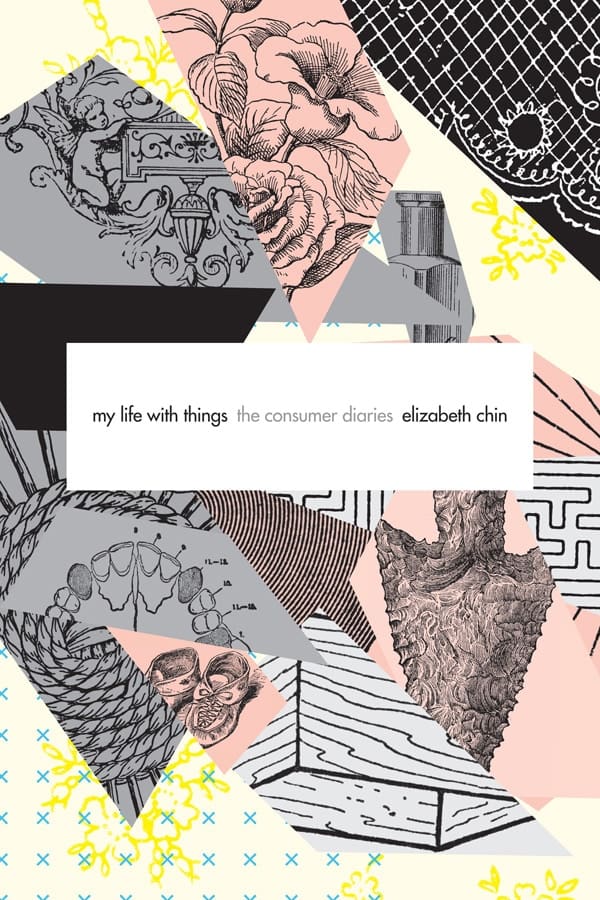
My Life with Things: The Consumer Diaries
Book Review: My Life with Things: The Consumer Diaries by Elizabeth Chin
I found my way to Elizabeth Chin’s My Life with Things: The Consumer Diaries thanks to a reference in Eula Biss’ Having and Being Had, where the author examines her relationship to money, work, ownership, and found and bought objects. The Biss book is an evocative, intimate, and insightful inquiry into the trappings of capitalism as mediated by race, gender, and class in American society. Though Biss does not call her book an autoethnography, one would not be wrong to refer to it as such.
A reliance on hindsight skirts the problem of the editing process inherent in memory, where what we select to remember has already been siphoned, sieved, refashioned, and reshaped numerous times as it rises into our consciousness, or is retained at the forefront…
Chin, an esteemed anthropologist, did very much set out to perform a long-term, methodical autoethnographic project. The book consists, in the main, of a series of self-contained essays the author wrote in a single sitting over a close to ten-year span. These are sincere, vulnerable, and incisive pieces of writing where the author analyzes key events in her life, highlighting her relationship to things, and/or her obsessing over wanting and buying things, and/or her relative privilege, and/or relative poverty in comparison to others. These essays essentially constitute the field notes for her project. Field notes, according to Chin, are vital for autoethnographic projects insofar as we cannot trust memories. She explains:
“Drawing selectively from memories, as so many autoethnographies do, strikes me as a strategy that provides too many opportunities to avoid confronting the unexpected. A reliance on hindsight skirts the problem of the editing process inherent in memory, where what we select to remember has already been siphoned, sieved, refashioned, and reshaped numerous times as it rises into our consciousness, or is retained at the forefront… Field notes themselves face similar challenges, but because we write them in the moment over long spans of time, they preserve and materialize thoughts and responses in a very different way than memory alone does. Existing outside memory, or perhaps in addition to it, field notes thus challenge memory, even as they constitute a form of memory-making.”
These are sincere, vulnerable, and incisive pieces of writing where the author analyzes key events in her life, highlighting her relationship to things, and/or her obsessing over wanting and buying things, and/or her relative privilege, and/or relative poverty in comparison to others.
This bit of insight is a welcomed and illuminating primer for those of us interested in embarking on our own autoethnographic journeys. Often, there is a tendency to present autoethnography as on-the-whim research, where one ostensibly looks back at one’s life and writes about whatever comes up. My Life with Things functions as a keen reminder that there must be a method and a discipline to our self-reflection; that those longed for epiphanies do not arise out of thin air. Rather, they stand as the unexpected consequence of a well thought out, organized and disciplined research and writing agenda.
As it pertains to Chin’s own writing in this book, one could argue that the sheer bulk of the anecdotal essays can make My Life with things somewhat tedious at times. The tediousness, I think, is by design as it only serves to further emphasize the author’s major points regarding our relationships with ourselves and others under capitalism: there is ‘something’ draining about consumer culture even as it animates so much of our daily lives.
Field notes, according to Chin, are vital for autoethnographic projects insofar as we cannot trust memories.
The fact that it is tedious however does not mean that what goes on in our hearts and minds as we obsess over things we have or don’t have is not deep. It very much is. This is not breaking news, I know. What does strike me as new about Chin’s analysis is that the depth of our complicity with this life-draining system is not picked apart here to wake us up and out of our moral and political slumber. But to help us tease out the complexity of how our sense of self is embedded with the things we want and have. Chin writes: “…it is pertly clear that I think capitalism sucks, while simultaneously during huge amounts of psychic energy into choosing paint colors for rooms in my home.”
Ultimately, Chin’s greatest gift to interested readers is her generosity. Her generosity, on the one hand, in making her research on commodities and self so personal. And her generosity, on the other hand, in cutting us some slack. She is particularly brilliant in discussing how consumer goods acquire so much meaning for us. They mean something, yes, because of the societal push to buy and have and what being able to buy and have should mean in contemporary American society. But also, having the object can and often does mean something more than the fact of our having it: the meaning we put on it, or on our particular journey regarding that object transcends its status as a commodity. It changes the thing without actually changing the thing.
They mean something, yes, because of the societal push to buy and have and what being able to buy and have should mean in contemporary American society.
Chin continually emphasizes this in her book. In doing so, she is not looking to excuse capitalism as a system, nor is she offering ready-made excuses for conscious selfhood under capitalism. Rather she wants us to think more profoundly about the making of selves and communities within capitalist society. As the author poignantly asks: “How does one learn to mesh self and sneakers, identity and eye shadow?”
Those interested in writing about what we have or crave for, or for the things perpetually out of our reach should read My Life with things. It is also—and perhaps more importantly—a must to read for those interested in writing vulnerably, valiantly about complex socio-economic systems and their attendant theories and abstractions. If you worry about what the things you surround yourself might say about you, you need this book in your life.
Credits
The book cover of My Life with Things The Consumer Diaries from Duke University Press
Featured image by Pauline Bernfeld for Unsplash
Learn More
New to autoethnography? Visit What Is Autoethnography? How Can I Learn More? to learn about autoethnographic writing and expressive arts. Interested in contributing? Then view our editorial board’s What Do Editors Look for When Reviewing Evocative Autoethnographic Work? Accordingly, check out our Submissions page. View Our Team in order to learn about our editorial board. Please see our Work with Us page to learn about volunteering at The AutoEthnographer. Visit Scholarships to learn about our annual student scholarship competition.
Guillermo Rebollo Gil (San Juan, 1979) is a writer, sociologist, translator, and attorney. He is the author of Writing Puerto Rico: Our Decolonial Moment (2018) and Whiteness in Puerto Rico: Translation at a Loss (2023). Es el papá de Lucas Imar y Elián Iré.




